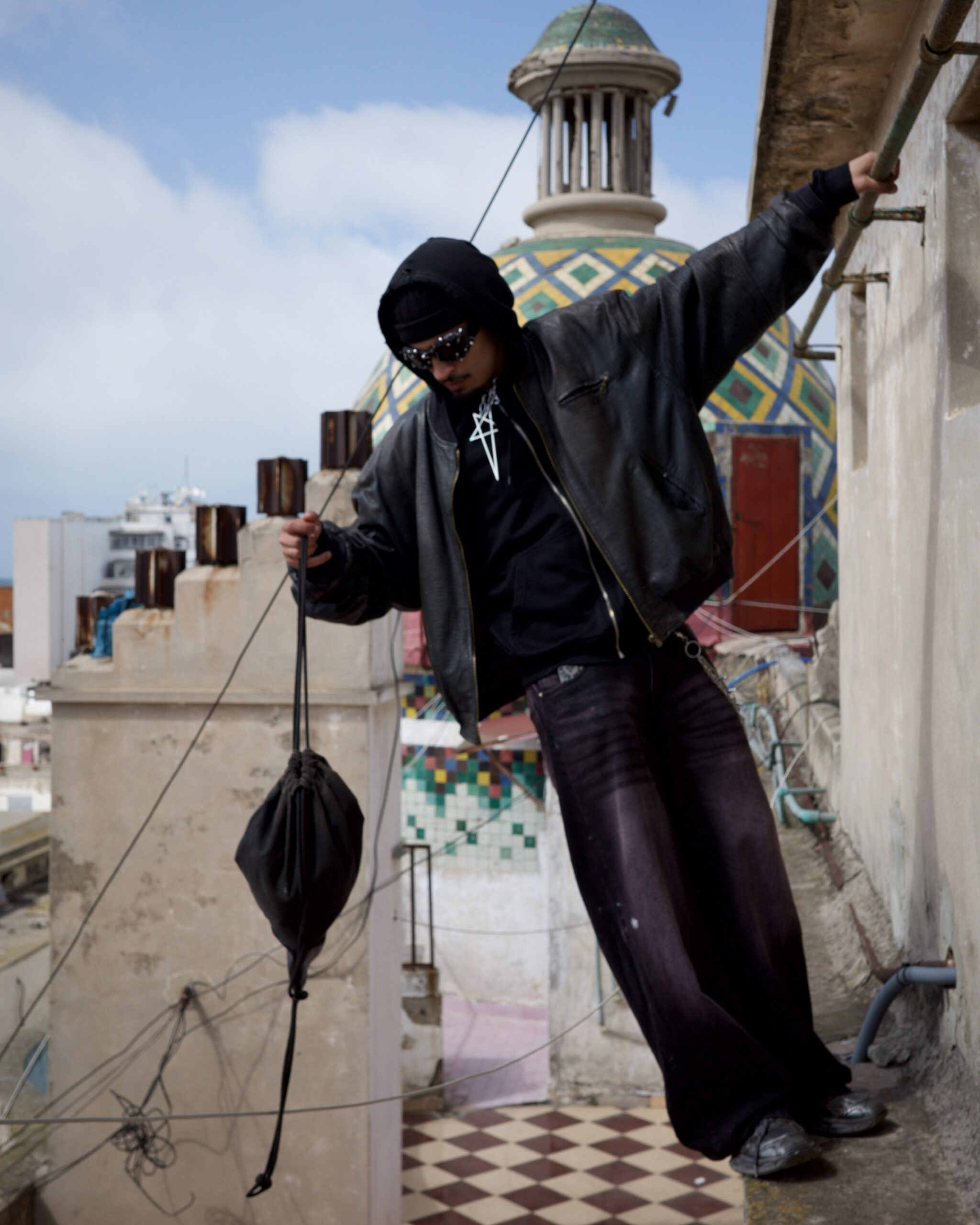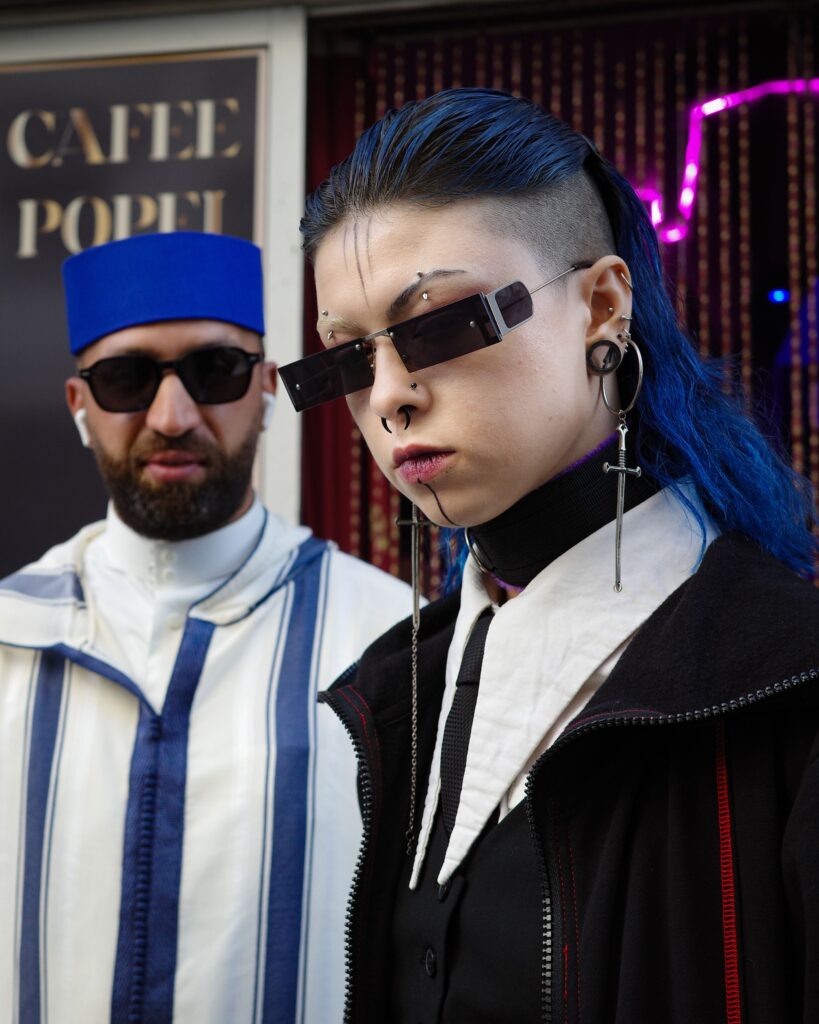Jérémie Azuelos: Cinematic Truths in Still Frames
In today’s visual landscape, where images are often consumed and forgotten in seconds, Jérémie Azuelos has carved a different path — one defined by honesty, experimentation, and a relentless pursuit of human truth. His journey into photography began humbly, armed only with an iPhone, capturing fleeting moments that felt too important to let slip away. But behind the lens, Azuelos found more than a hobby — he found a calling.
Before picking up his first professional camera, art had already been part of his DNA. As a child, he was drawn to sketching, immersing himself in lines, details, and aesthetic harmony. That same sensitivity now translates into his photography, where every image is not just a visual but a living story. “Photography is a calling. It doesn’t only bring me pleasure,” he explains, “it also changes people’s perception of reality.”
Jérémie Azuelos’ work defies simple categorization. While many describe it as cinematic, raw, and deeply atmospheric, he sees his style as inherently experimental. To him, art thrives when rules are bent, shadows are manipulated, and light is allowed to tell stories beyond its natural form. The result is a body of work that refuses predictability — each frame carries its own tension, its own poetry, its own resonance.
What sets Jérémie apart is not only his aesthetic but also his ethos.
He is driven by people — their lives, their overlooked stories, their unspoken beauty. His inspiration emerges from genuine encounters, often unplanned, where the human soul reveals itself. His most cherished project, Hands of Morocco (@hands0fmorocco), reflects this spirit.
Through documenting the hands and gestures of Moroccan artisans, he captured not just labor and craft but the essence of heritage, dignity, and identity. “I can no longer separate my personal life from my work,” he admits, “the stories of my subjects continue to shape the way I see and create.”
For Jérémie Azuelos, the purpose of photography transcends aesthetics. It is about impact, about the silent but powerful shift a photograph can provoke. He believes images can carry universality — that single gaze frozen in time that draws viewers into a reality both intimate and shared. “What matters,” he reflects, “is the poetry of reality captured in a still photograph.”
At a time when art often bows to digital speed
Jérémie Azuelos reminds us that photography can still breathe — that it can slow us down, make us feel, and even alter how we see the world. In an age where most images are swiped past in seconds, his work demands stillness, inviting us to spend time with every detail, every gaze, every fragment of human experience captured in the frame. This deliberate slowing of time is at the heart of his artistry — a refusal to let profound stories dissolve into the noise of visual overload.
His photography becomes a dialogue, not just between light and shadow, but between human experiences and collective memory. Each image is layered with emotion, holding a quiet tension that allows both the subject and the viewer to speak to one another without words. This dialogue transcends cultural and geographic boundaries, connecting us through the shared essence of what it means to be human . Jérémie Azuelos’ lens does not simply record; it translates the invisible — dignity, resilience, vulnerability — into a language that anyone, anywhere, can feel.
With each frame, Jérémie builds not just an archive of moments but a legacy of truth, intimacy, and timeless beauty. His work carries the weight of testimony — proof that the ordinary can be extraordinary when given the right attention. A wrinkled hand, a fleeting glance, or a subtle shadow becomes monumental in his storytelling. The archive he creates is not one of perfection, but of sincerity, where imperfection itself becomes a vessel for honesty.

Ultimately, Jérémie Azuelos’ photography is about permanence in a world obsessed with the temporary.
He captures fragments of life that would otherwise vanish and transforms them into lasting symbols of memory and meaning. His legacy is not only in the images themselves but in the way they shift our perception, reminding us of the poetry that exists in reality. Through his lens, we are urged to see more deeply, to feel more honestly, and to carry forward the truths his art preserves.
Check Out More Icons Around The World


